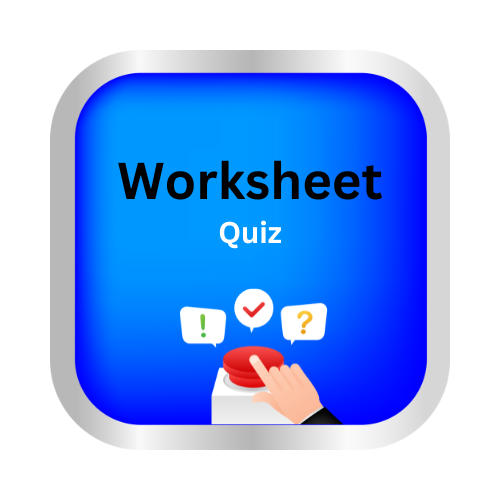Sort sensory details
key notes:
When you write, you can use sensory details to make stories easier for the reader to imagine. A sensory detail makes the reader imagine a particular sight, sound, smell, taste or touch.
| Sight: | John’s face was lit by glowing firelight. |
|---|
| Sound: | In the morning, Samantha awoke to chirping birds outside her window. |
|---|
| Smell: | I caught a whiff of freshly baked bread as I passed by the bakery. |
|---|
| Taste: | The sharply sour apple made Mary’s mouth pucker. |
|---|
| Touch: | Ted was uncomfortable in his scratchy wool sweater. |
|---|
Learn with an example
🐵 Sort the sensory details.
| Quiet whisper | rough tree bark | cosy sleeping bag | ice-cold feet |
| Sound | Touch |
Sound sensory details are things that a reader can imagine hearing, such as a quiet whisper.
Touch sensory details are things that a reader can imagine feeling, such as rough tree bark, a cosy sleeping bag and ice-cold feet.
🐵 Sort the sensory details.
| buttery pasta | purple flowers | salty crackers | chocolatey cookie |
| Taste | sight |
Taste sensory details are things that a reader can imagine tasting, such as buttery pasta, salty crackers, and a chocolatey cookie.
Sight sensory details are things that a reader can imagine seeing, such as purple flowers.
🐵 Sort the sensory details.
| Sour sweets | bittersweet coffee | rough tree bark | tangy yogurt |
| Taste | Touch |
Taste sensory details are things that a reader can imagine tasting, such as sour sweets, bittersweet coffee and tangy yogurt.
Touch sensory details are things that a reader can imagine feeling, such as rough tree bark.
let’s practice!

